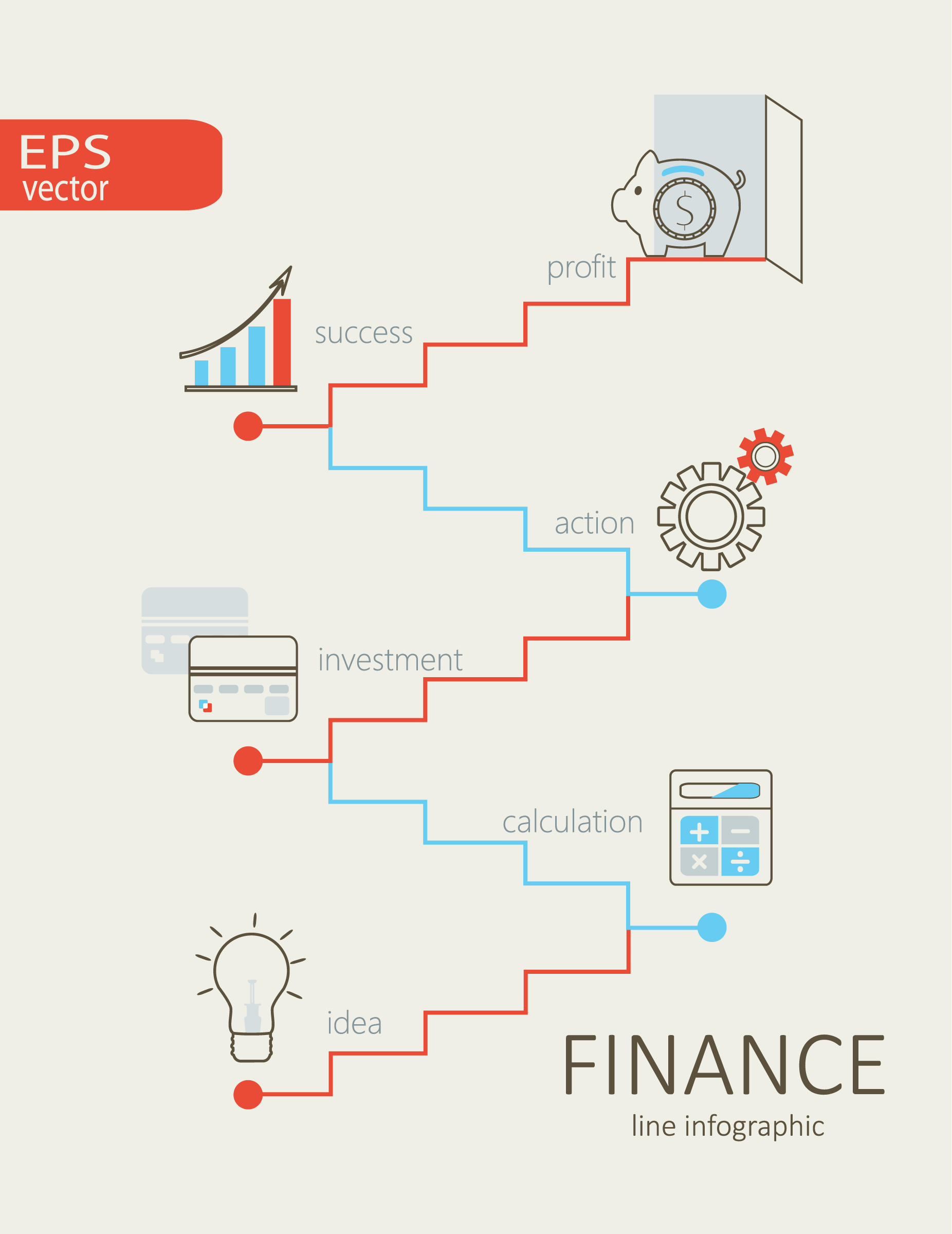

Identify extreme scenarios that might put your company under strain, Evaluate how your company would withstand these scenarios.Įxample: a massive drop in demand or a significant disruption in raw material supply. Identify a set of variables that might impact your business, such as raw material, price, shipping costs, or regional demand.įor example: "What if limestone prices rise by 10%?"Īnalyze how changes in a single input would impact a certain output, such as profits.įor instance: examine how a +/- 5% change in energy costs would affect your profits.Īssign probabilities to different scenarios based on historical data or industry insights.Įxample: There might be a 20% chance of a severe supply chain disruption. Here are 10 different methods, with instructions and an illustrative example. "What are the different methods for scenario analysis" One of the questions from the students was:

Here is an extract from a course I gave recently. 👉 What type of analysis do you already use in your organization? It focuses on finding actionable insights based on the combination of diagnostic and predictive analysis.Īn example would be a model suggesting the most cost and time efficient levers to activate in a website to convert more sales in order to increase the revenue of the week on a specific product. This is the hardest analysis to implement and therefore the one which is the least used. Here you analyse which factor to use to reach an output in a particular scenario.

#FINANCE INFOGRAPHIC TEMPLATE FREE MANUAL#
This is when you forecast your cash flow for the next month or your production output based on a statistical model and adapted after manual review based on the latest business events. This is looking into the future to predict what will probably happen. This is where you drilled down, filter and use 80/20 analysis to understand the cause of what happened.įor example, performing a Price Volume Mix analysis on revenue is also a diagnostic analysis. Here the goal is to understand what happened. In this analysis you measure what happened.


 0 kommentar(er)
0 kommentar(er)
